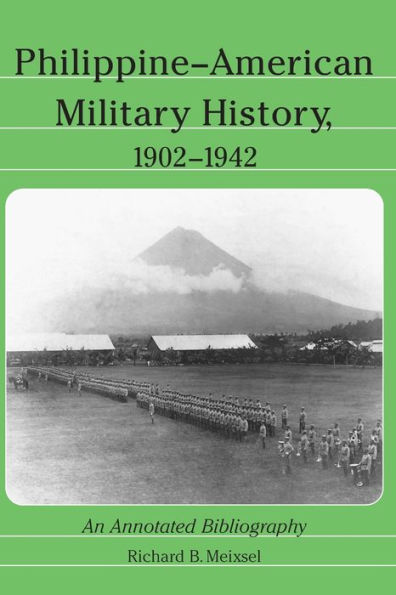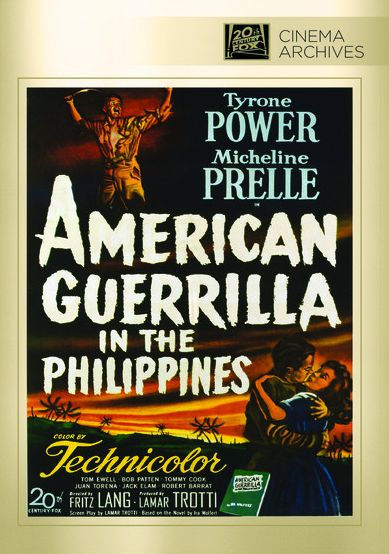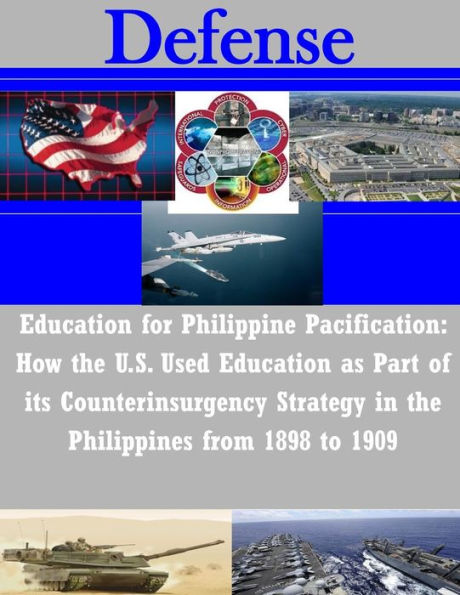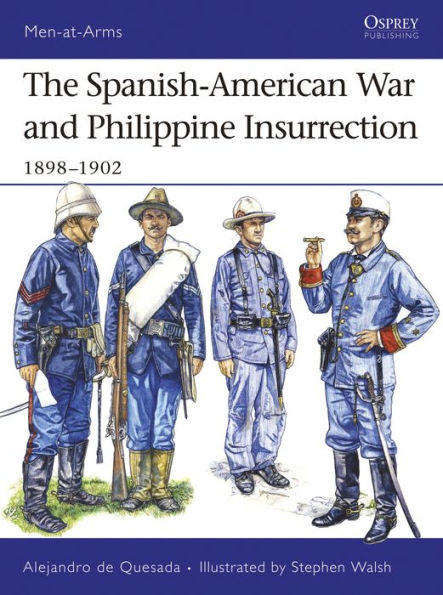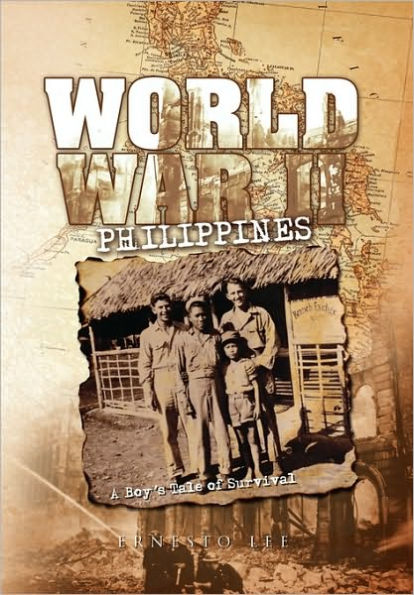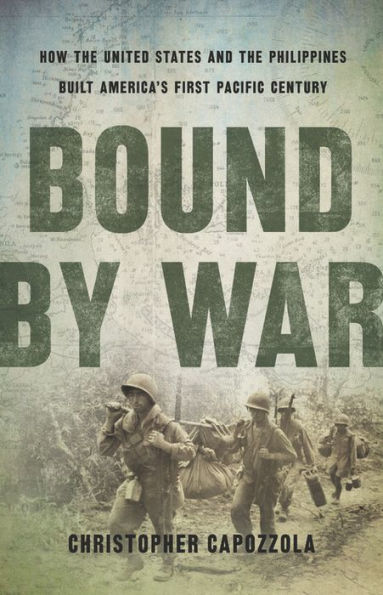Home
BG J. Franklin Bell and the Practice of Operational Art in the Philippines, 1901-1902
Loading Inventory...
Barnes and Noble
BG J. Franklin Bell and the Practice of Operational Art in the Philippines, 1901-1902
Current price: $12.95
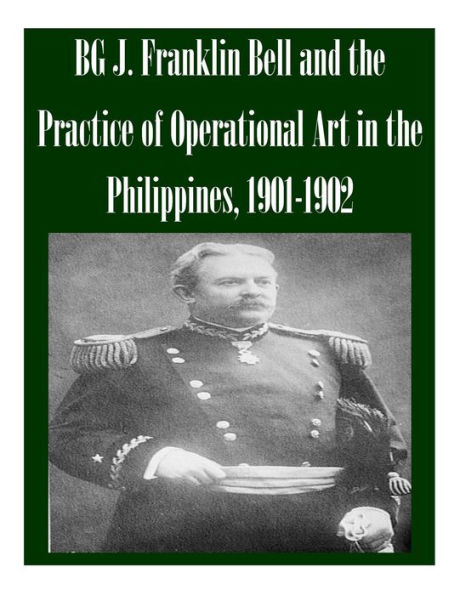

Barnes and Noble
BG J. Franklin Bell and the Practice of Operational Art in the Philippines, 1901-1902
Current price: $12.95
Loading Inventory...
Size: OS
*Product Information may vary - to confirm product availability, pricing, and additional information please contact Barnes and Noble
U.S. Army commanders seek to balance the requirements to conduct offensive, defensive and stability operations simultaneously. Within this framework, commanders have also had to balance the conduct of traditional military actions and non-military activities. In order to do so effectively commanders employ operational art. The forthcoming Army Doctrinal Publication, Unified Land Operations presents the "principle that operational art is the connection between strategic objectives and tactical actions, and provides a common construct for organizing military operations." This book defines operational art as "the pursuit of strategic objectives, in whole or in part, through the arrangement of tactical actions in time, space, and purpose." While the Army did not introduce the concept of operational art into its doctrine until 1986, commanders had previously applied it. The United States' war in the Philippines from 1899-1902, provides one example of a conflict in which commanders had to conduct combat and stability operations simultaneously, and the campaign of Brigadier General J. Franklin Bell is an example of how a commander employed operational art to do so. General Bell's campaign in the Batangas Province demonstrates how a commander employed operational art to arrange traditional military and non-military tactical actions in pursuit of strategic objectives.
